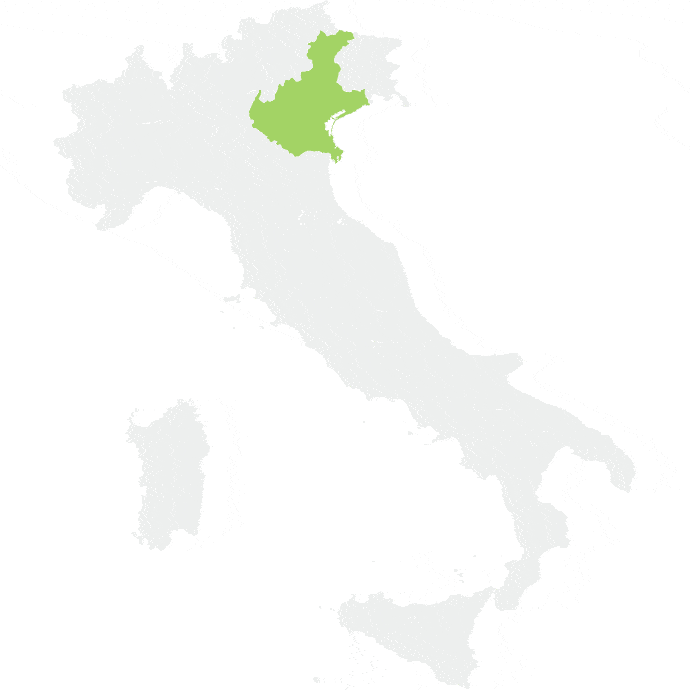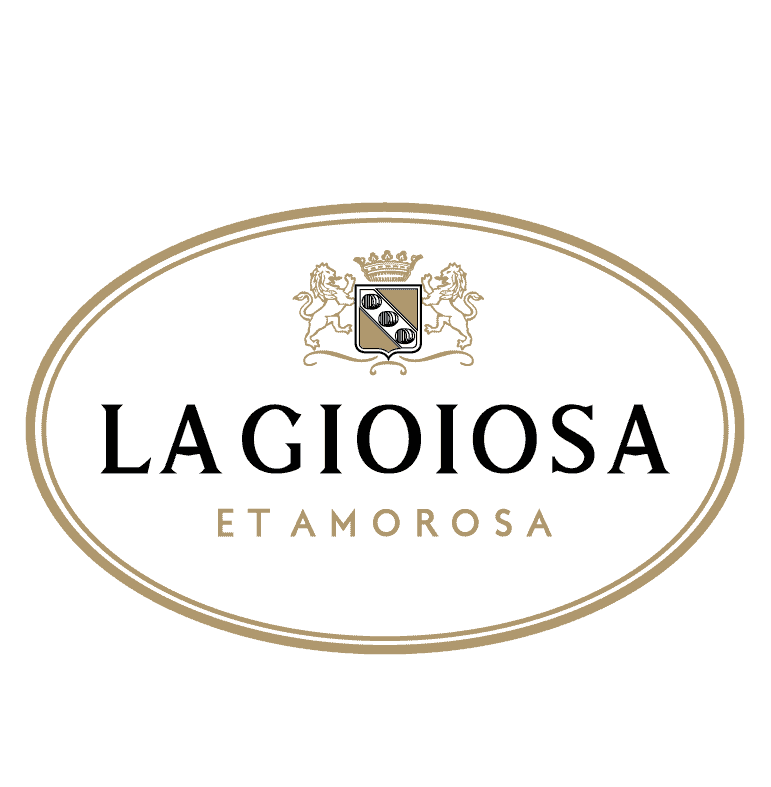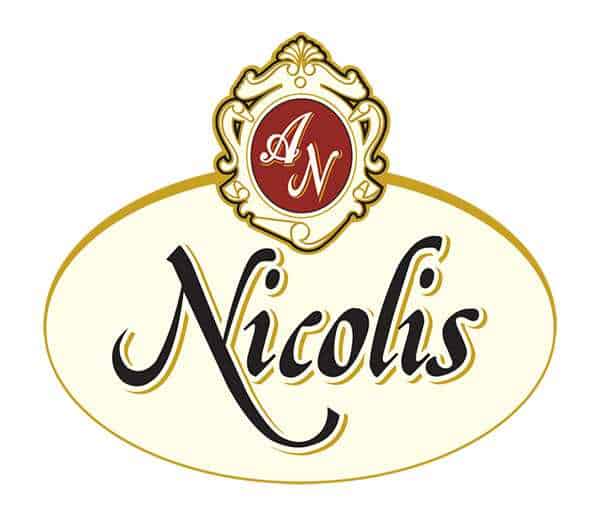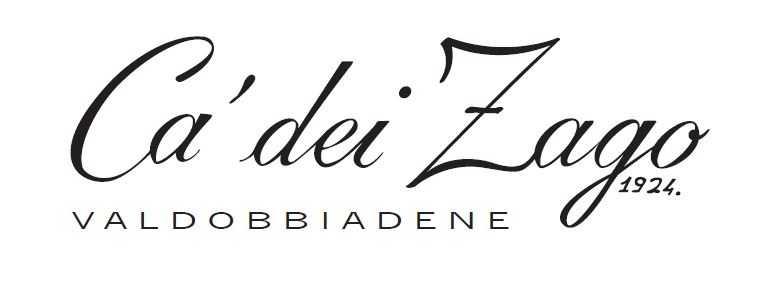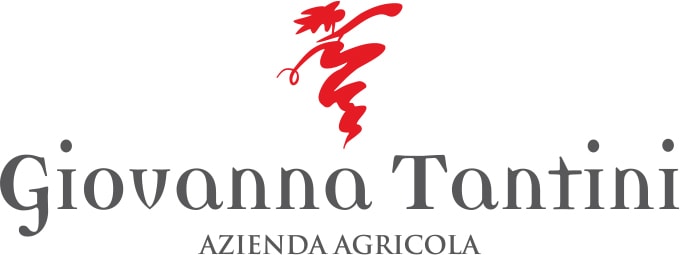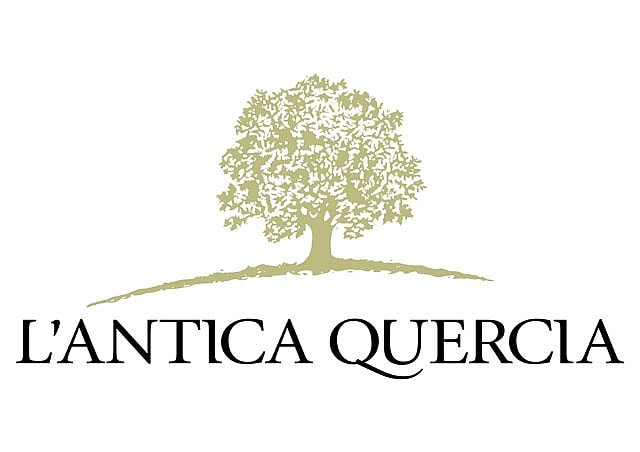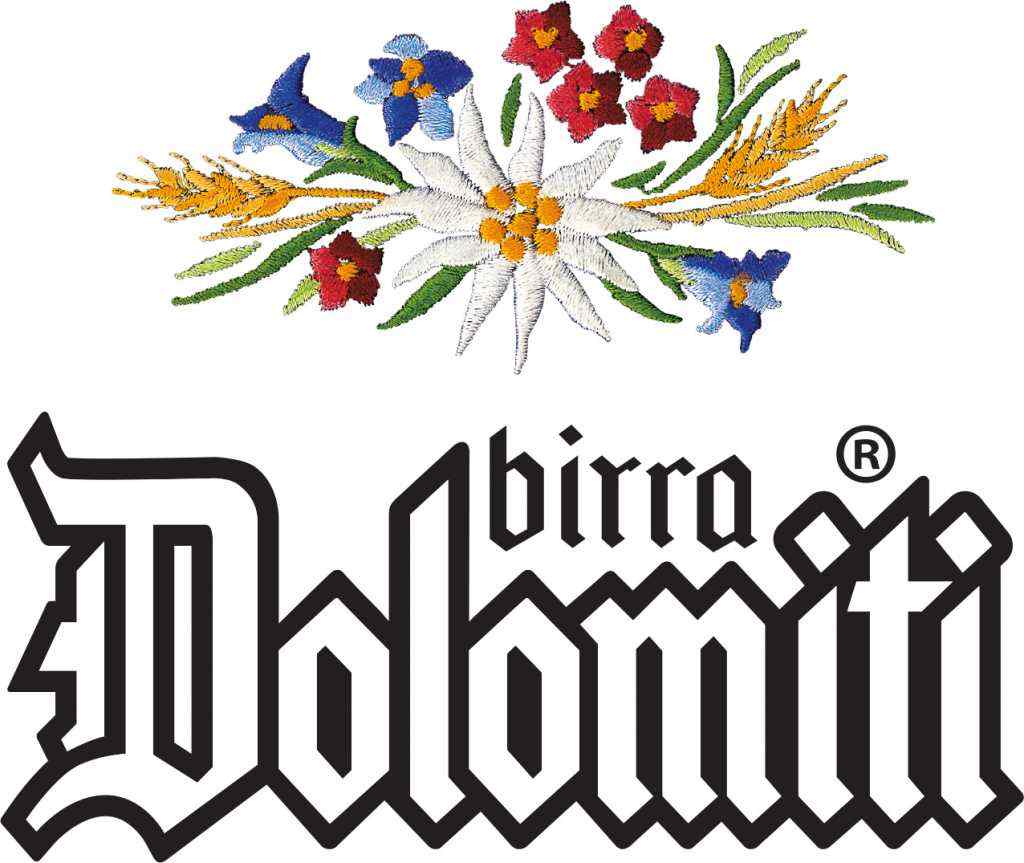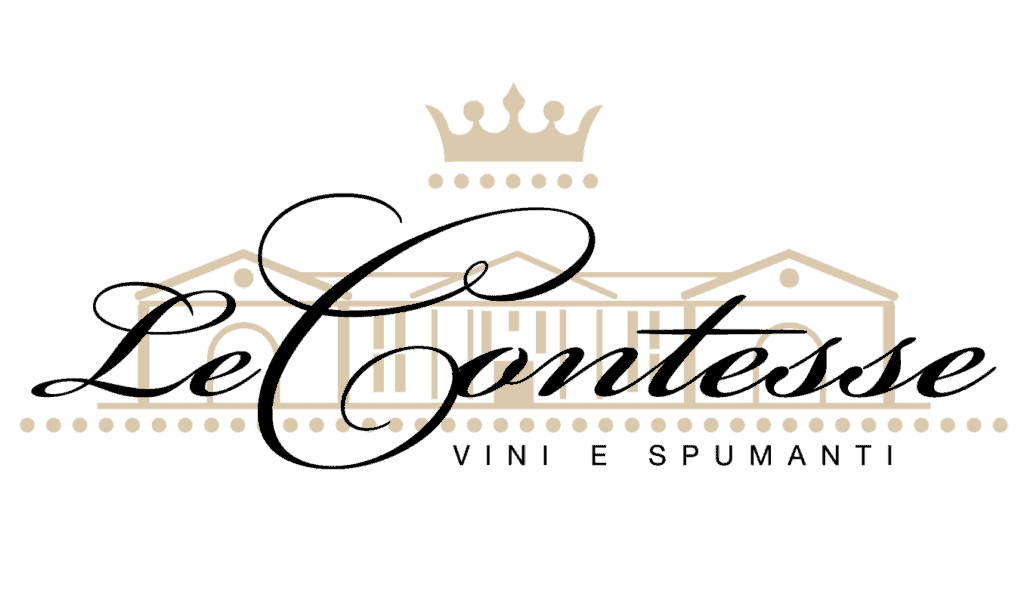Prosecco, Amarone, Soave, Recioto: what do these names have in common?
Long before Tuscany and Piedmont emerged as Italy’s top regions for fine wine production, Veneto was renowned for the quality of wines produced there. As early as Roman times, naturalists and poets had high praise for the wines of Valpolicella where volcanic, morainic, and calcareous soils are ideal for the production of long-lived red wines. Lake Garda to the west, Italy’s largest body of water, is also a hub for fine wine, including white Lugana in more recent decades. In the easternmost part of Veneto, close to the region’s capital, Venice, Sparkling wine production has eclipsed the anonymous red wines once produced there in abundance. The morainic and sandy soils of hillside vineyards in Valdobbiadene and Conegliano are ideal for the production of fresh, fruit-driven Prosecco, today the world’s most popular bubbly.
